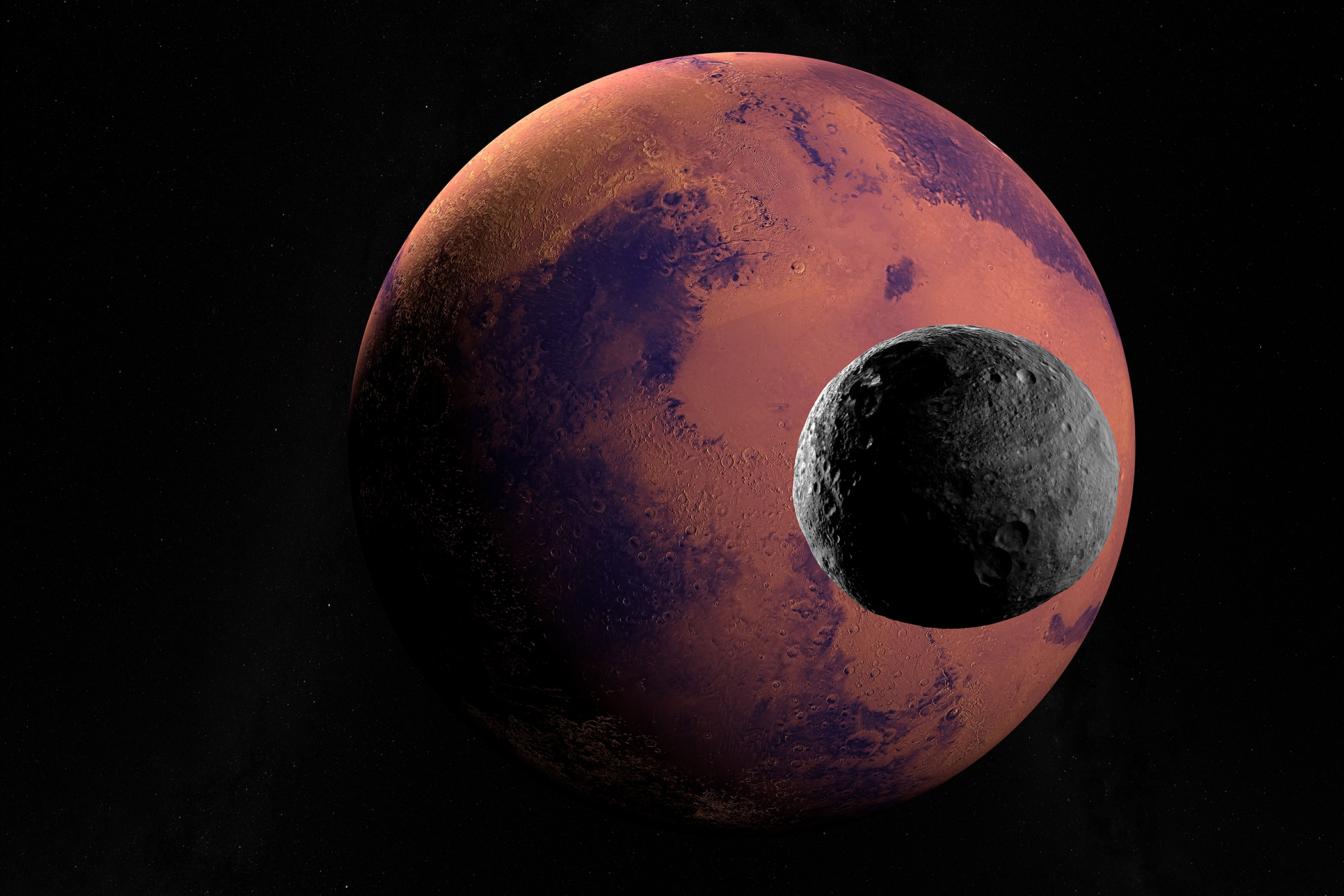
The troughs on Vesta have long been a topic of scientific speculation. The asteroid Vesta is the second largest asteroid in our solar system. With a diameter of about 330 miles, it orbits the sun between the planets Mars and Jupiter.
Asteroids have long played a part in building popular fascination with space. “Marooned off Vesta” was the first story published by American writer Isaac Asimov, the third story he wrote, appearing in the March 1939 issue of the science fiction magazine Amazing Stories.
“When we think of asteroid belts, we probably picture Han Solo maneuvering the millennium falcon through a dense set of irregularly shaped gray rocks in space,” Christian Klimczak, associate...
Read More








Recent Comments